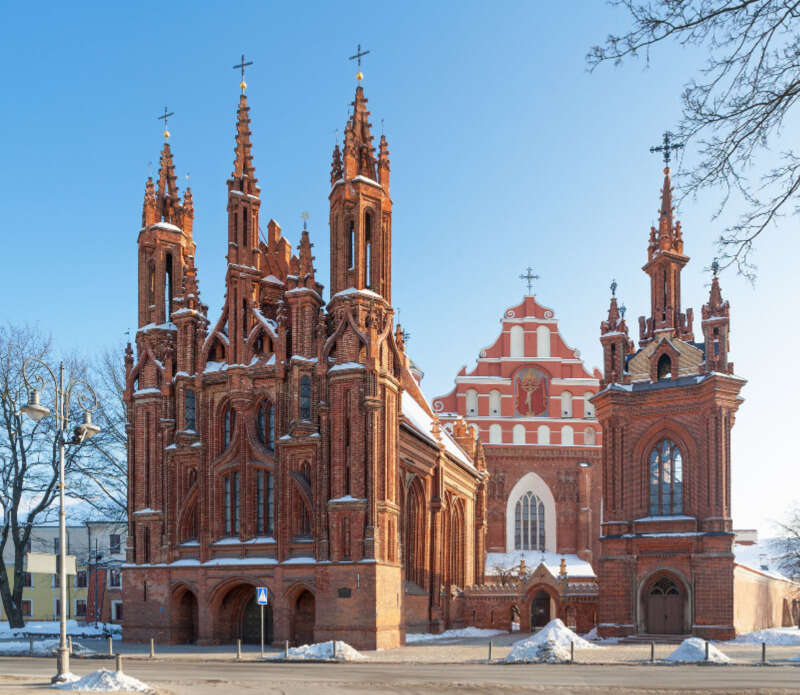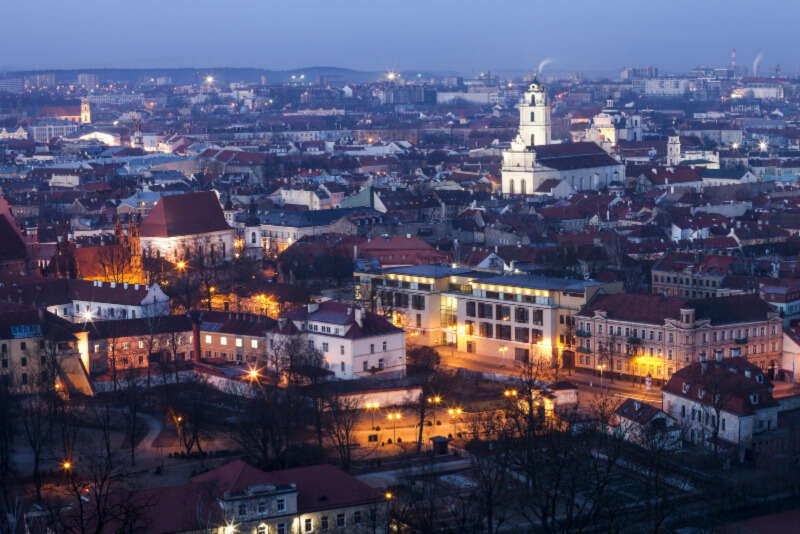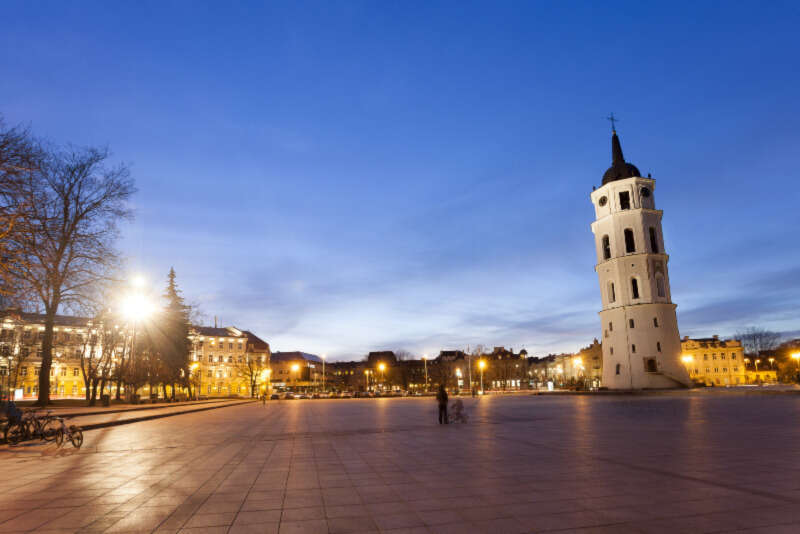Vilnius: An Unexpected Encounter In Lithuania
I snapped the above photo in a Vilnius alleyway after taking a long walk around the city. Then I returned to my apartment. As it turned out, the neighborhood in which my rented apartment stood was in the former Vilnius ghetto.
The Former Ghetto in Vilnius

I hadn’t noticed the Star of David while I was taking pictures. There were so many other interesting parts of this neighborhood on Žemaitijos gatvė. It is just steps away from high end shops, some bars, and a fast food joint. It lies in the heart of Senamiestis – or, Old Town for those of us who speak English.
Vilnius: An Unexpected Encounter In Lithuania

It was at this moment, I was approached by an elderly woman. She tried to communicate with me in Lithuanian. I didn’t know what she was trying to tell me. So I shrugged and told her I didn’t speak Lithuanian nor Russian. She pointed to her mouth and rubbed her thumb and index finger together. This indicated to me that she was hungry, but had no money. Quickly, I pulled out two euro coins and handed them to her. She said something else in Lithuanian, but it fell on monolingual ears.
The Translator
A younger gentleman walking by happened to hear our transaction. He said, “She just wants to show you something.” Then he repeated to the woman what he’d just told me and walked away. She took me by the hand into this parking lot of what appeared to be a repurposed apartment building. There she pointed upwards.
The Star of David
There was that Star of David. It almost unnoticeable to the average person if they weren’t concentrating hard enough. Through pantomime and her own machine gun sound effects, she told me the story of how Estonian and German forces bombed the Vilna ghetto. The faintly etched Star of David was one of the few things to remain from that era.

She pointed to the posters on the walls of each building in this little Vilnius alleyway. The posters depicted portraits of people and families, in sepia. These were not modern photographs. These were the photographs that the former ghetto inhabitants had left behind, and it’s all that remains of their memory before being forced into the jaws of untimely death.
Before 1939, Lithuanian Jews made up a third of the population of Lithuania. After the second World War, their number had been reduced by about 94%. Today, only 3,000 Litvaks remain in Lithuania, most of whom are elderly – those who were more able-bodied chose to move permanently to Israel, never again returning to Lithuania.
The old woman, through pantomime, told me I had a beautiful face, thanked me for the money, then disappeared out of sight and out of the Vilnius alleyway.
Annika is a native of Los Angeles, California now living in Gothenburg, Sweden. Working as a technical writer in the gaming industry, in her spare time, she enjoys cooking, video games, and sleeping. You can find her on Instagram as @travelingwhilekhmer.
Topics
Subscribe
Subscribe for news, updates, giveaways, and more!
JOIN GIRLS WHO TRAVEL
Join our inclusive community
of tens of thousands of women who
share your passion for travel in our
Girls Who Travel Facebook group!









